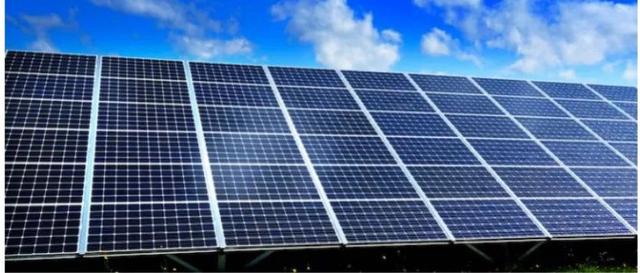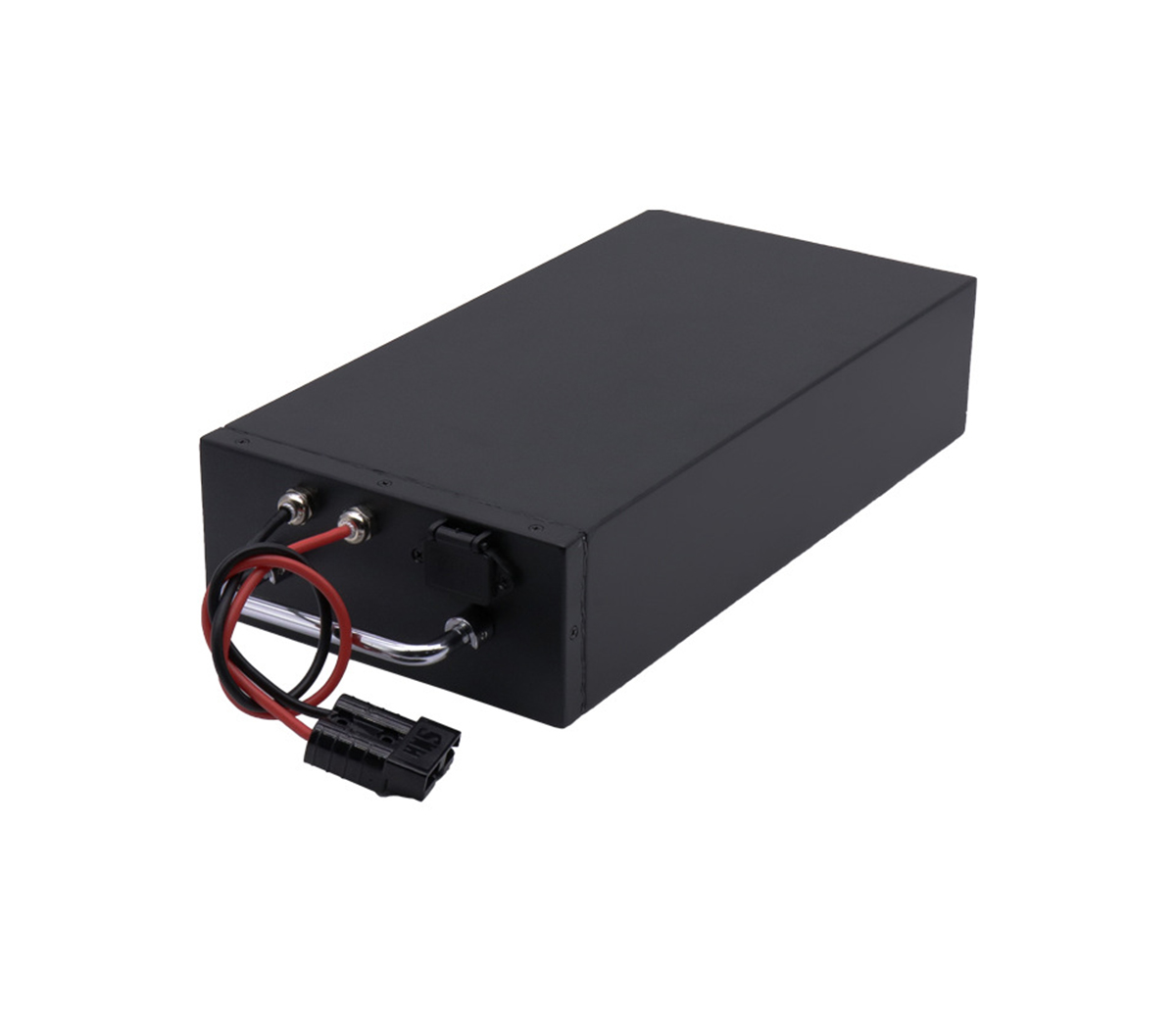Amazing material enables photovoltaic performance to improve
The researchers report that integrating a 2D material into a perovskite-based solar cell has successfully improved the efficiency of the cell, which is comparable to that of silicon-based cells.
A team of researchers from Imperial College London and University College London investigated phosphorene nanoribbons (PNRs), a 2D phosphorous-containing stripline material. Similar to graphite, PNRs are composed of single-atom-thick atomic layers and exhibit high electrical conductivity.
The researchers first produced these materials in 2019, and theoretical experiments since then have shown that they could enhance numerous electronic devices, including batteries, biomedical sensors and quantum computers. Now that the Imperial College and University College London research team has carried out experiments on an actual prototype solar panel, the experiments have confirmed that phosphorene nanoribbons do have the potential to improve cell efficiency, the researchers said.
Thomas Macdonald, Professor and Research Fellow at Imperial's Department of Chemistry and Centre for Processable Electronics, said: "Theoretical studies have foreseen the excellent properties of PNRs, but there have been no reports publicly demonstrating these properties, which we can actually translate into better devices. performance."
Thomas Macdonald said the research team has shown evidence that PNRs can serve as a pathway to high-performance solar cells, while validating the versatility of this nanomaterial in next-generation optoelectronic devices.

The researchers made solar cells from perovskites, a crystal-structured composite material that has long been seen as the next-generation material to complement or replace silicon in solar cells. In fact, perovskites have several advantages over silicon, including higher performance and lower production costs.
The reason for the lower cost is that perovskites can be inkjet-printed in liquids to form flexible films. The researchers printed PNRs on the film as an additional layer to improve device functionality and efficiency.
Published in the journal American Chemical Society, the researchers found that the newly developed cells outperformed conventional silicon solar cells by more than 21 percent. It is close to the highest efficiency (about 25%) of perovskite-based cells demonstrated in the laboratory.
The researchers also found out why PNRs could improve efficiency through experiments that demonstrated a phenomenon called "hole mobility" in the material. Holes are the opposite product of electrons in electrical transport, so increasing their mobility (a measure of how fast they move through a material) helps current move more efficiently between the layers of a device.
The researchers added a layer of phosphorene nanoribbons to a perovskite solar cell layer to effectively improve cell performance. Through these experiments, it is possible to verify how PNRs can improve solar cells, and the researchers say they will continue to create new design rules for optoelectronic devices or devices that emit or detect light.
Macdonald said, "Our results show that the properties of PNRs will optimize application performance, highlighting the real importance and utility of newly discovered nanomaterials that will benefit PNRs for setting benchmarks in optoelectronic devices."
The research team plans to continue the study of PNRs and how PNRs work in electronic devices to find out more ways in which performance can be improved. They also plan to investigate how to alter the nanoribbon's surface to enhance the material's unique electronic properties.
SES Power is curious about the results of this material, because advances in electronic technology are often based on advances in materials. As a manufacturer with nearly 20 years of experience in customizing lithium batteries, we have a very deep understanding of this. For example, the rise of nickel-metal hydride materials has led to the rise of consumer electronic products, and the research of lithium battery materials has led to electronic products. The function is advancing rapidly, especially the lithium iron phosphate battery, which can perfectly replace the lead-acid battery, has penetrated into every corner of our life, such as UPS, data center, photovoltaic power generation, energy storage power station and so on. The development of lithium batteries is based on the development of materials. SES Power's lithium iron phosphate batteries that can work normally at -40 degrees Celsius (limit -60 degrees Celsius) are the latest achievements in material development, not to mention the 12V100ah and 12V200Ah replacements for lead-acid batteries. , 3KW inverter for home energy storage (lithium battery is 48V100Ah).



































